Make a donation to the museum
Artifacts from NYC Dept. of Sanitation Supervisor Tell the Story of Ongoing 9/11-Related Health Effects
Artifacts from NYC Dept. of Sanitation Supervisor Tell the Story of Ongoing 9/11-Related Health Effects
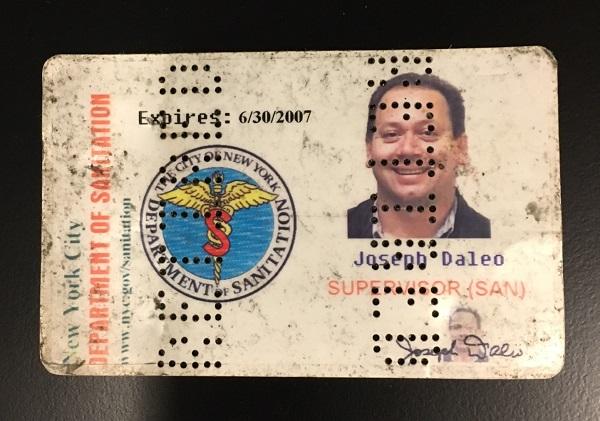
Native New Yorker and NYC Department of Sanitation supervisor Joseph D’Aleo was at an appointment near the World Trade Center when he witnessed hijacked Flight 11 hit the North Tower. Recognizing that it was a commercial airliner, D’Aleo ordered the immediate evacuation of all DSNY personnel from lower Manhattan. D’Aleo and his DSNY partner left just before the South Tower collapsed. The pair took shelter at a nearby DSNY garage facility and once the smoke cleared, D’Aleo returned to the site to distribute dust masks to first responders.
As supervisor of a DSNY garage, D’Aleo oversaw the safe disposal of appliances containing Freon or chlorofluorocarbon gas (CFC), coordination of pick-ups by E-Z pack trucks and swapping out dumpsters.
Over the next 12 months, D’Aleo went to Ground Zero daily. He oversaw refuse hauling, dumpster removal and recycling procedures at the site. He also ensured that flagged truckloads of material were removed to Fresh Kills landfill for further sifting and cleared others for disposal at a Manhattan facility.
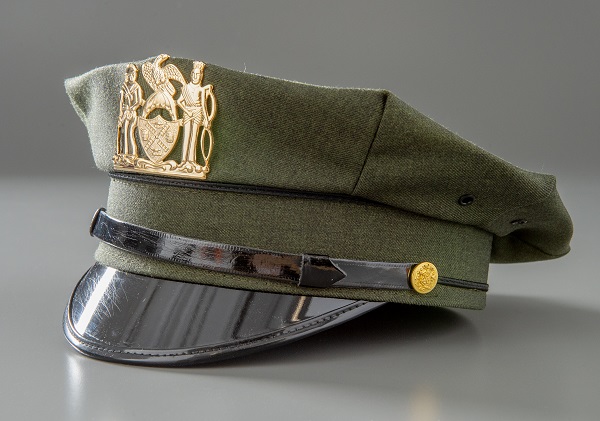
In 2002, D’Aleo developed a persistent cough that was later diagnosed as a symptom of sarcoidosis, an incurable inflammatory disease. Over the years, his 9/11- related health issues continued to intensify. In 2004, D’Aleo retired from the DSNY. Recently, he donated his uniform cap, identification card and badge to the 9/11 Memorial Museum as a reflection of his service at Ground Zero, and DSNY’s critical role in the WTC recovery operation.
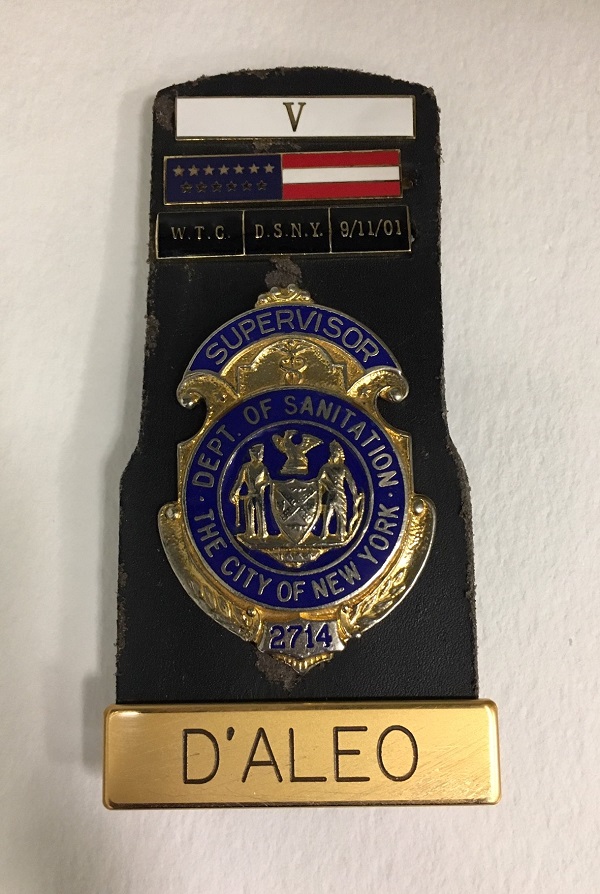
His story and the items are a testament to the selflessness, hard work and dedication of rescue and recovery workers, at large. The 9/11 Memorial Glade honors those like D’Aleo who are suffering from 9/11-related health issues, and recognizes the ongoing sacrifice of rescue, recovery and relief workers, and the survivors and members of the broader lower Manhattan community who are sick or have died from exposure to toxins in the aftermath of 9/11.
By 9/11 Memorial Staff
Previous Post
Interpretive Guide and Daughter of a Firefighter Shares How Memorial Tours Deepen One's Perspective of 9/11
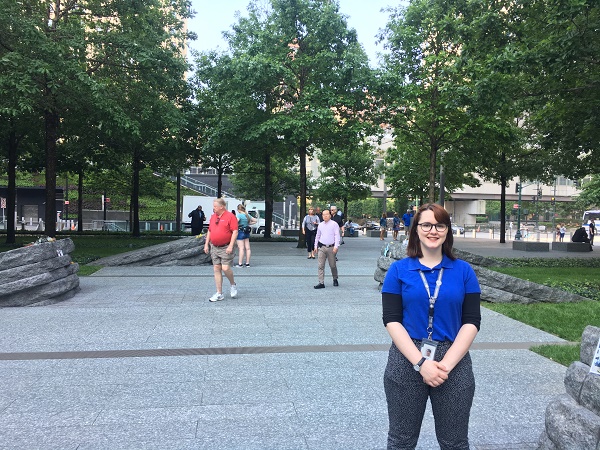
Interpretive Guide Katie Curran knows the benefit of participating in a 9/11 Memorial tour: "You will see the 2,983 names, but you might not know their stories."
Next Post
Tribute at Survivor Tree Commemorates Pulse Nightclub Attack
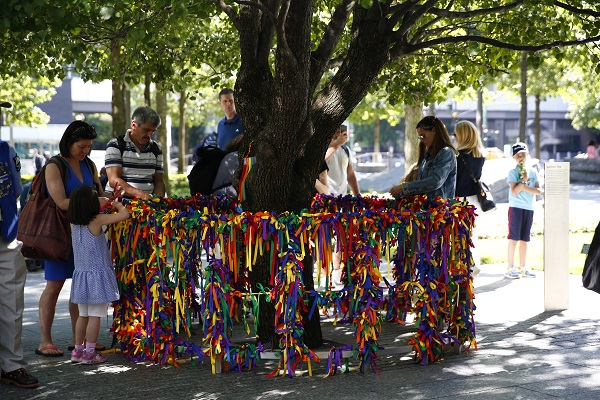
To mark the third anniversary of the Pulse nightclub attack, visitors were encouraged to tie a ribbon around the Survivor Tree.